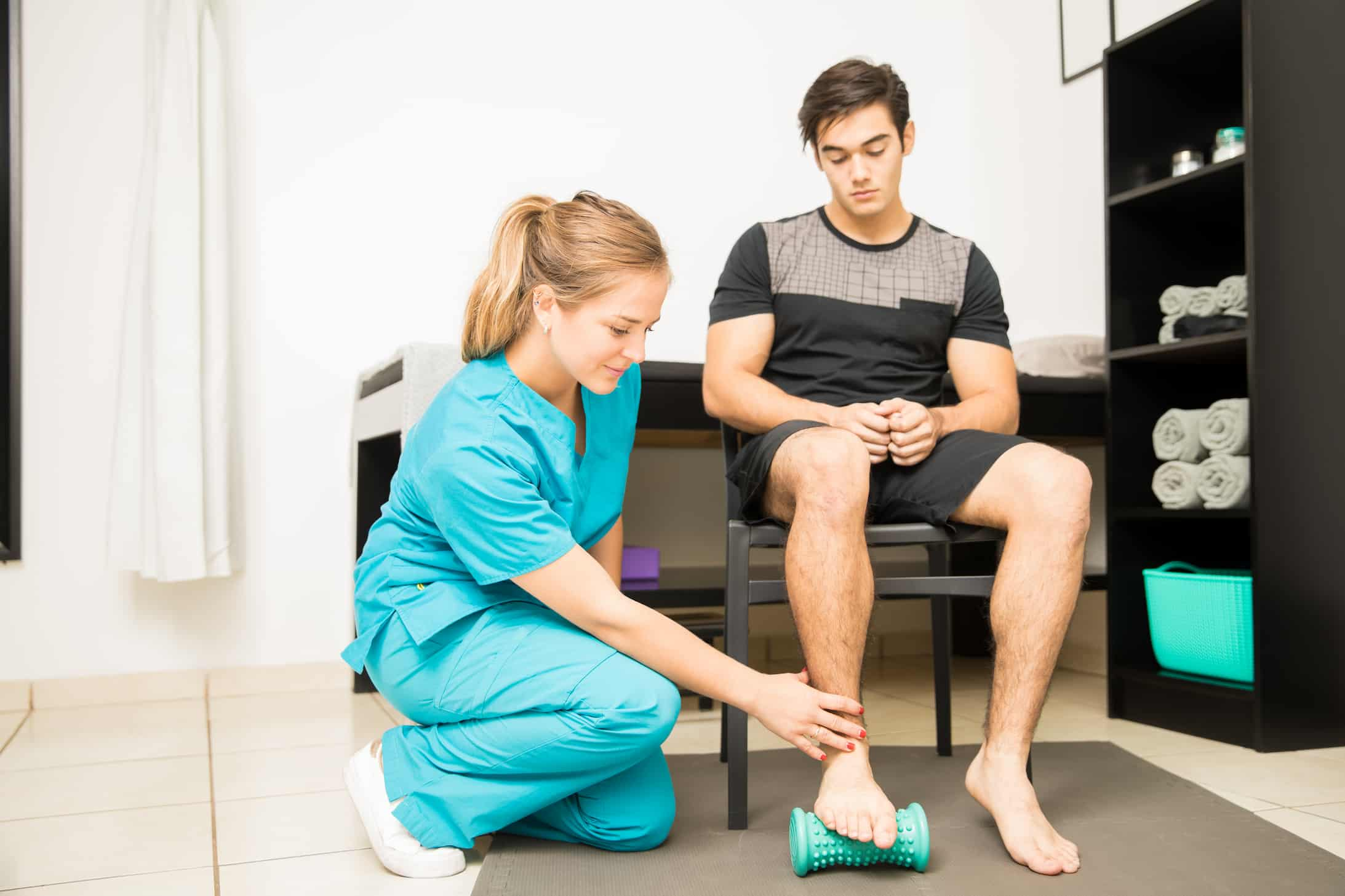
The Role of Physical Therapy in the Treatment of a Torn Meniscus
A knee injury known as a meniscus tear is a common occurrence that can happen in the joint of the knee. This injury is typically brought on by twisting the knee or hyperextending it. The meniscus is a portion of cartilage that sits between the shinbone and the thighbone and functions as a cushion between the two bones. When it tears, it can cause discomfort as well as swelling, stiffness, and a reduction in range of motion.
In the treatment of a torn meniscus, surgery may be required in some instances; however, physical therapy can also play an important role in the recovery process. In the following paragraphs, we will discuss the positive effects that physical therapy can have on patients who have sustained the aforementioned kind of injury.
Physical Therapy for Torn Meniscus
Physical therapy can be a critical component in the treatment of a torn meniscus, as it can help alleviate pain, improve range of motion, and restore normal function to the knee joint. A licensed physical therapist will work with the individual to develop an individualized treatment plan that may include exercises, manual therapy, pain management techniques, and education about the injury and how to prevent further damage. With consistent and appropriate physical therapy, individuals with a torn meniscus can expect to experience improved mobility, reduced pain, and a faster return to their normal activities.

Initial Evaluation
A detailed evaluation performed by a licensed physical therapist is the first stage in the physical therapy process for treating a torn meniscus. In the course of this evaluation, you might go through a comprehensive review of your medical history, have a physical examination of your knee, and talk about your objectives for physical therapy.
In addition, the therapist will examine any imaging investigations, such as x-rays or an MRI, that have been performed in order to ascertain the severity of the injury and develop a specific therapy strategy.
Pain Management
Physical treatment for a torn meniscus must always include effective pain control as one of its primary focuses. Ice or heat therapy, massage, or electrical stimulation are just some of the pain-relieving strategies that the therapist may employ during the course of treatment.
Exercises
The physical therapist will design an exercise program specifically tailored to your individual needs and goals. Exercises may include range of motion exercises to increase flexibility, strengthening exercises to build muscle, and balance exercises to improve stability.
The therapist will teach you how to perform each exercise correctly to ensure that you are doing them safely and effectively. Over time, as your strength and flexibility improve, the therapist may progress your program to more challenging exercises.
Manual Therapy
To assist in enhancing the available range of motion in your knee joint, manual treatment techniques such as massage and joint mobilization may be utilized. In order to assist in the restoration of normal joint mechanics, the therapist will utilize light pressure and movement.
Education
Education is an essential component of physical therapy for a torn meniscus. The therapist will teach you about your injury, including what caused it, how to avoid aggravating it, and how to care for it at home.
They may also teach you how to use assistive devices, such as crutches or a knee brace, to help support your knee and reduce pain during activities.
Return to Function
The ultimate goal of physical therapy for a torn meniscus is to help you return to your normal activities, such as walking, running, and sports. Your therapist will work with you to create a plan to gradually increase your activity level, while monitoring your progress and ensuring that you are not experiencing any pain or discomfort.
Physical therapy can be an effective treatment for a torn meniscus, helping to reduce pain, improve range of motion and strength, and ultimately, return to normal activities. Working with a licensed physical therapist can help ensure that you receive a comprehensive treatment plan tailored to your individual needs and goals.
Can a meniscus tear be treated with physical therapy?
Yes, physical therapy can be an effective treatment for a meniscus tear, depending on the severity and location of the tear. In some cases, surgery may be necessary, but physical therapy can also help alleviate pain, improve range of motion, and restore normal function to the knee joint.
What Is the Best Physical Therapy for Torn Meniscus?
The best physical therapy for a torn meniscus depends on the individual and the severity of the injury. However, a physical therapy program for a torn meniscus may include exercises to improve range of motion, strengthen the muscles around the knee, and improve balance and stability. Manual therapy and pain management techniques may also be used, as well as education about the injury and how to prevent further damage.
How Long Does Physical Therapy Last for A Torn Meniscus?
The length of physical therapy for a torn meniscus can vary depending on the severity of the injury and the individual's response to treatment. Typically, physical therapy for a torn meniscus may last anywhere from a few weeks to several months.
Is Walking Good for Torn Meniscus?
It depends on the severity of the tear and the individual's pain level. In some cases, walking may be beneficial as part of a physical therapy program to help improve range of motion and strengthen the muscles around the knee joint. However, if walking causes pain or discomfort, it is important to avoid it until cleared by a medical professional.
Healthy Türkiye Notes
In conclusion, physical therapy can be a valuable treatment option for individuals with a torn meniscus. By working with a licensed physical therapist, individuals can receive a comprehensive treatment plan that includes exercises, manual therapy, pain management techniques, and education about the injury. With consistent and appropriate physical therapy, individuals can expect to experience improved mobility, reduced pain, and a faster return to their normal activities. While surgery may be necessary in some cases, physical therapy can be a critical component in the treatment of a torn meniscus, helping to restore normal function to the knee joint and improve overall quality of life.



